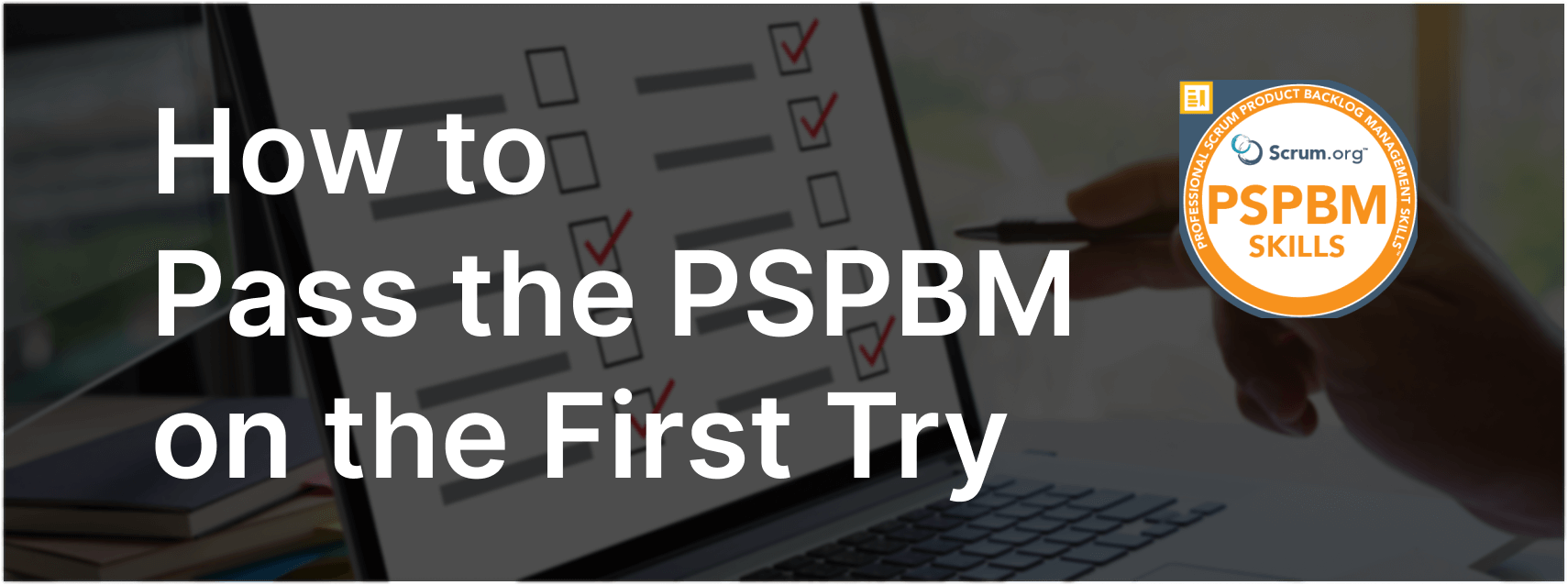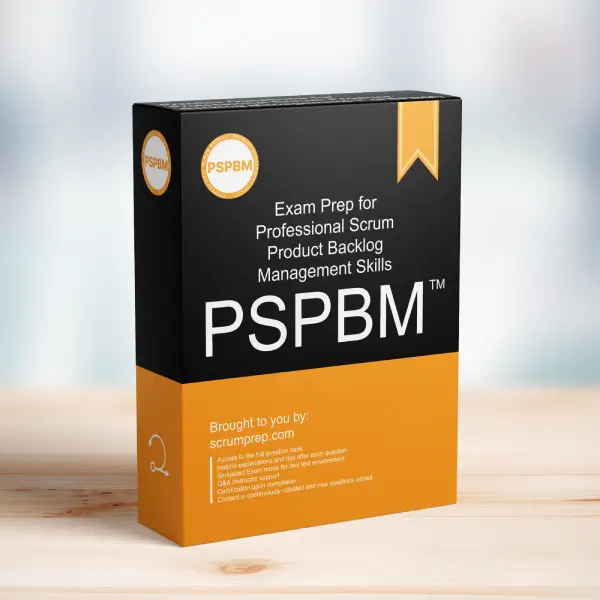Developing the Product Backlog for a New Product
When you identify an opportunity for a new product, it’s crucial to take initial steps that will provide a solid foundation for developing the Product Backlog. This involves defining a clear and strategic direction for the product.
Exam Question
As the Product Owner, you have identified an opportunity for a new product. What is a valuable initial step for developing the Product Backlog?
(choose the best answer)
A. You don’t need anything, just begin the first Sprint.
B. Define the Product Backlog items during Sprint 0.
C. Define a minimum of one-hundred items during project planning.
D. Define a Product Goal.
Correct Answer
D. Define a Product Goal.
Explanation
Correct Answer
D. Define a Product Goal:
The initial step in developing the Product Backlog for a new product is to define a Product Goal. The Product Goal provides a clear vision and direction for the product. It outlines the overarching objective that the Scrum Team aims to achieve and guides the creation and prioritization of Product Backlog items. Having a well-defined Product Goal ensures that all subsequent work is aligned with the strategic vision of the product, helping to maximize value delivery.
Why the Other Options Are Less Relevant
A. You don’t need anything, just begin the first Sprint:
Starting the first Sprint without any preparation or goal is not advisable. It can lead to unfocused work and misalignment with stakeholder expectations.
B. Define the Product Backlog items during Sprint 0:
There is no concept of Sprint 0 in Scrum. While initial planning and backlog creation are important, they should be driven by the Product Goal, not done in isolation.
C. Define a minimum of one-hundred items during project planning:
Defining a large number of items upfront is unnecessary and can be wasteful. The focus should be on creating a meaningful and manageable set of high-priority items that align with the Product Goal.
Benefits of Defining a Product Goal
- Clarity and Focus: Provides a clear direction and focus for the Scrum Team.
- Alignment: Ensures all work is aligned with the strategic objectives.
- Prioritization: Helps in prioritizing Product Backlog items based on their contribution to the Product Goal.
- Transparency: Enhances transparency with stakeholders regarding the product’s direction and objectives.
Relevance to the PSPBM Skills Exam
Understanding the importance of defining a Product Goal is crucial for the PSPBM Skills exam. This knowledge demonstrates the ability to set a strategic direction for the product and effectively manage the Product Backlog to achieve that goal.
Key Takeaways
- The initial step in developing the Product Backlog is to define a Product Goal.
- The Product Goal provides clarity, focus, and alignment for the Scrum Team.
- Defining a Product Goal helps in effective prioritization and transparency.
Conclusion
Defining a Product Goal is a critical initial step for developing the Product Backlog when you identify a new product opportunity. It ensures that the work is aligned with the strategic objectives and maximizes value delivery. For more information on preparing for the PSPBM Skills exam, visit our Professional Scrum Product Backlog Management Skills PSPBM™ Exam Prep.


